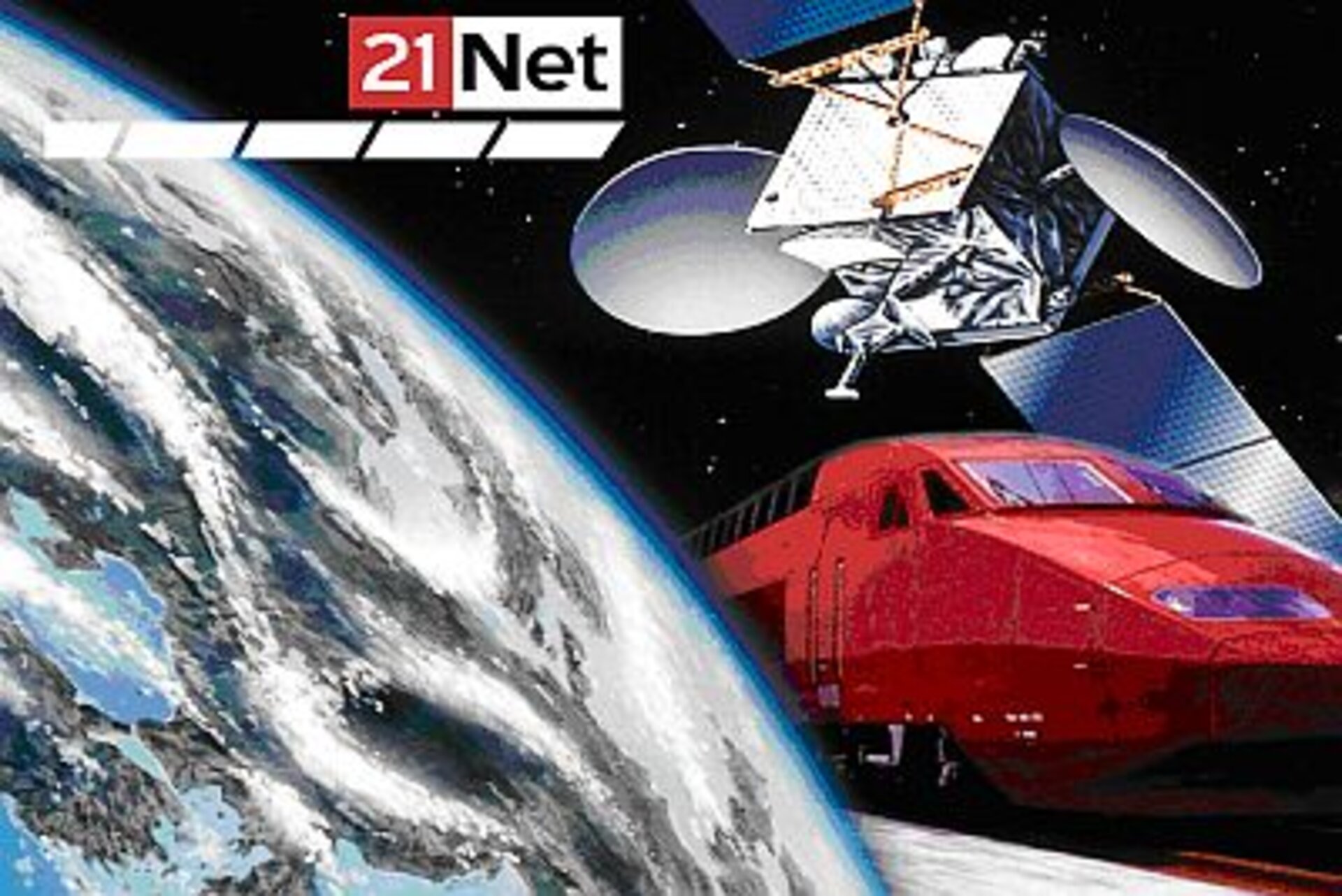True broadband Internet access on board high-speed trains available in 2008
Having been sponsored initially by ESA with the project 'Broadband To Trains', 21Net was selected by THALYS in September 2007 as part of a consortium that will enable the international high-speed railway company to deliver true broadband Internet access to passengers travelling between Paris, Brussels, Amsterdam and Cologne.
The consortium, lead by Nokia Siemens Networks, will combine satellite and mobile telephone data technologies with wireless networks similar to WiFi hotspots to provide a continuous Internet connection on board trains travelling across national borders at speeds of 300 km/h. The service is expected to be fully operational by 2008.
UK-based 21Net has worked with leading railway operators such as RENFE (Spain) and SNCF (France), along with THALYS, to develop a solution combining bi-directional satellite communications with terrestrial wireless technologies. Its 'Broadband To Trains' system is a robust and technically mature system that complies with railway standards.
In 2005, as part of the ESA-sponsored project, 21Net designed, built and trialled a Wi-Fi (wireless local network) access system for use on trains, with the capability to support broadband Internet access and the delivery of local multimedia content such as short films and up-to-the minute news.
At that time, 21Net equipped a THALYS train and operated a commercial Internet-On-Board service between Paris, Brussels and Amsterdam. This commercial trial confirmed the strong interest in using the Internet on high-speed trains and demonstrated that 21Net has mastered the technology needed to deliver it.
The 21Net system architecture is based on two-way Ku-band satellite system to provide connectivity between the Internet and a master server on the train.
A hub station provides the connection from the Internet (and from the network operations centre) via the satellite directly to a low-profile tracking antenna on the train. Terrestrial network access is provided in stations and in tunnels, when the satellite link is not usable.
On the train, WiFi connections are used between the master server and customer's laptops and personal digital assistants.
The use of two-way Ku-band satellite transmission enables 21Net to deliver high bandwidth (2 Mbit/s) connectivity to the train, which can be shared by simultaneous users. This puts 21Net in an entirely different class to existing systems, which rely on narrowband (56 kbit/s) terrestrial data connections - which are also shared between the users on the train.





